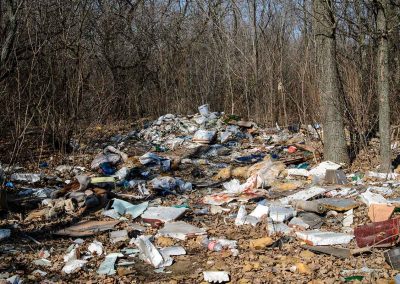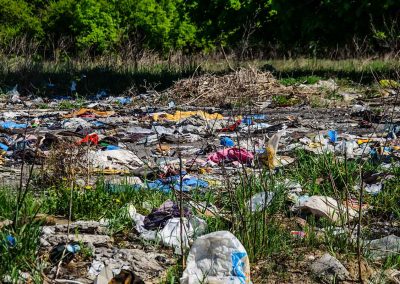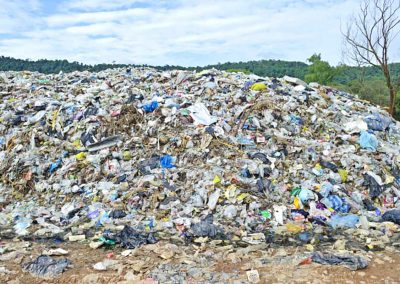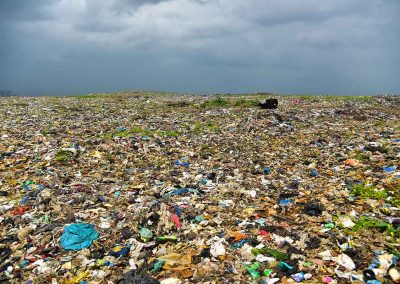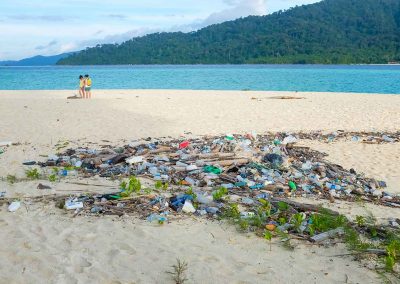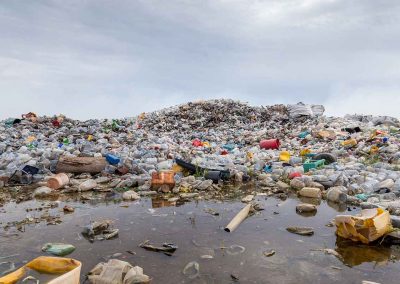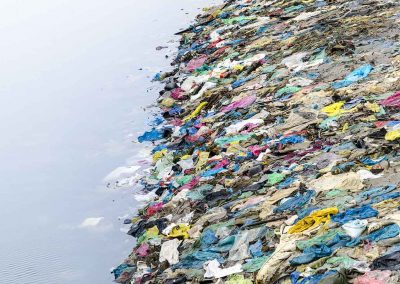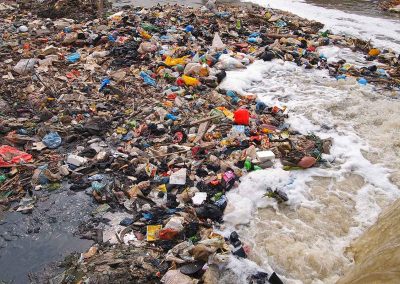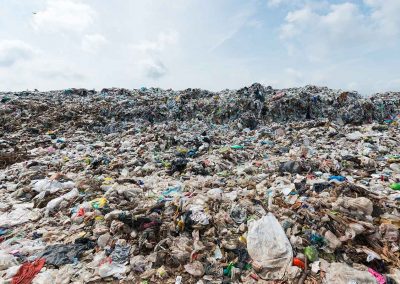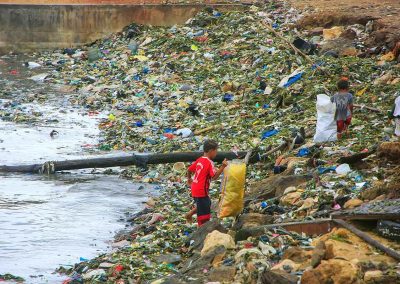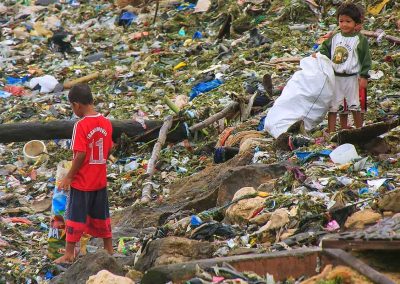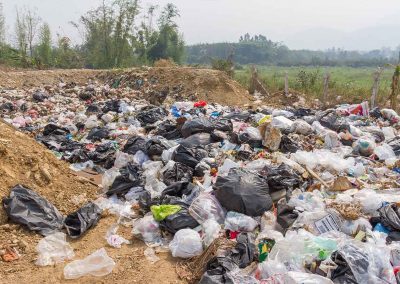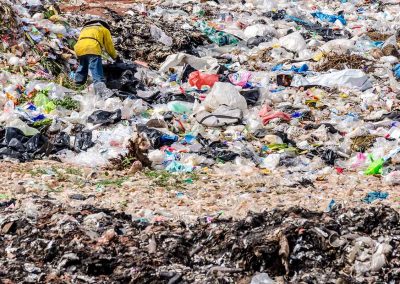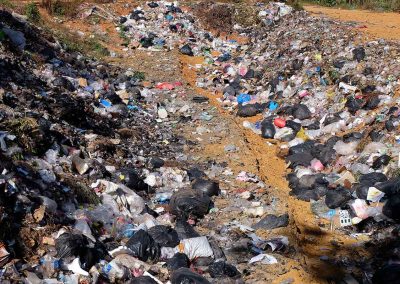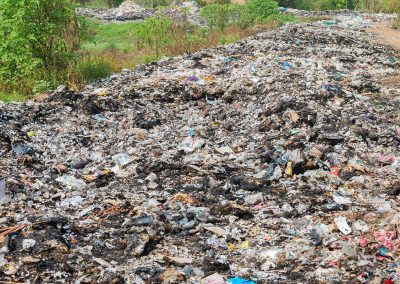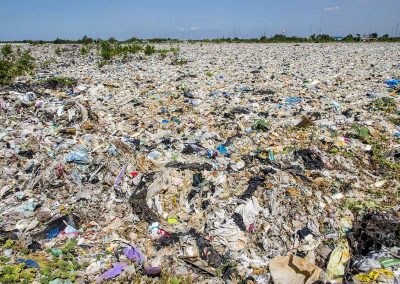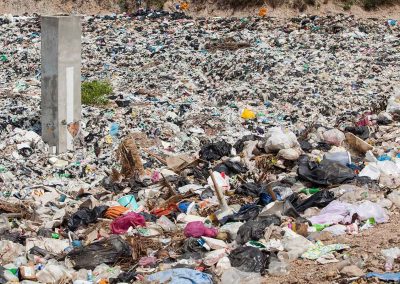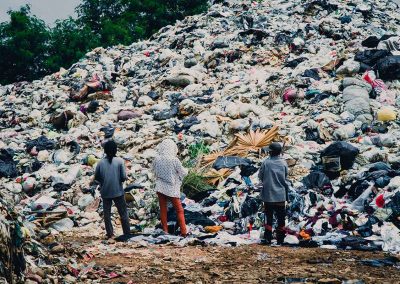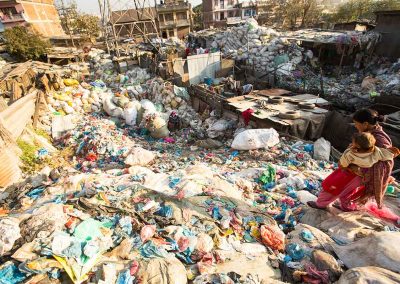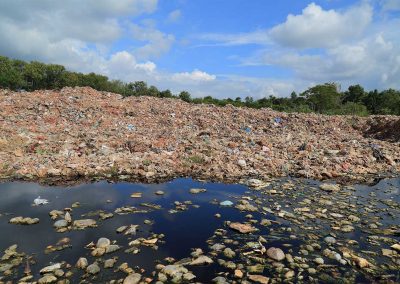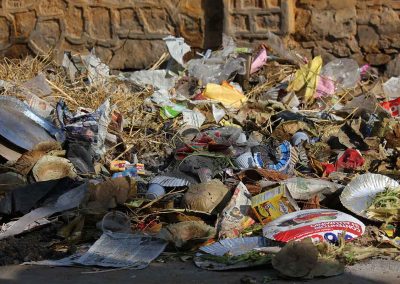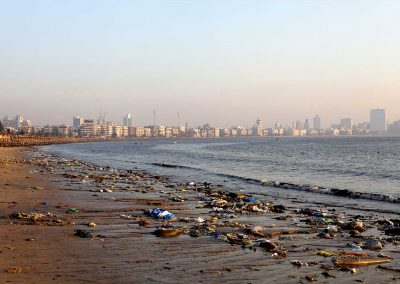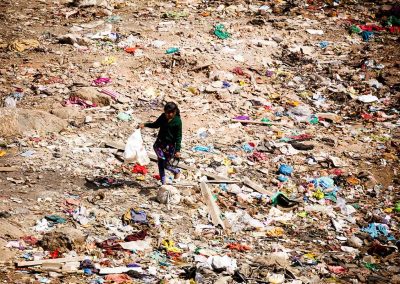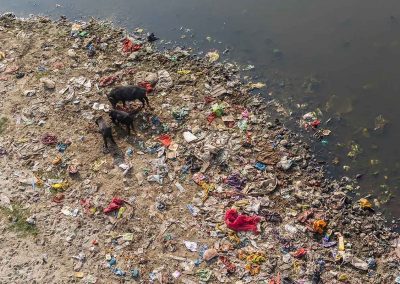The Situation
The global damage done to nature and the environment – in the air, on land and at sea or in the oceans – has reached an extent that requires immediate action.
We will only name a few keywords here: pollution, littering, overfishing, forest dieback or the extinction of species.
The resulting climate change is already well under way with all its consequences.
Global warming has reached a critical point, just like the rise in sea temperatures. Worldwide, coral reefs are being damaged. The glaciers are melting. The sea levels are rising.
One key cause of these natural and environmental damages is littering.
Many countries do not know how to manage the increasing amount of garbage.
Plastic waste is a key player here.
Especially, the sea is heavily polluted by (plastic) waste.
By now, there are several “garbage patches” (“trash vortex”) in the ocean. They consist of up to a 100 million tons (!) of garbage that are joined together and move like a unit through the water. A similar amount of garbage already exists on the ground of the sea.
This has severe consequences for the maritime ecosystem.
Currently, each minute, plastic waste of the amount of a truckload enters the ocean.
If we do not stop this (plastic) waste problem soon, then, within a few years, the sea will have as much plastic waste as fish (ratio 1:1 regarding the weight). The underwater landscapes will be irreversibly lost and this will have consequences for humanity.
There are severe problems with the management of garbage, especially in some countries in Southeast Asia and South America.
Oftentimes, there exists not even a basic ‘environmentally friendly garbage disposal’ system.
The following photos show examples of the problem:
The following video show an (extreme) example of the causes and consequences of the global waste problem:
With a view to this current, worldwide, catastrophic (plastic) waste situation, the following facts in particular should be pointed out:
1.
There is a direct connection between this (plastic) waste situation and the current global greenhouse gas problem.
Because even a single cubic meter of improperly stored (plastic) waste releases several tons of greenhouse gases per year.
This circumstance has a direct impact on climate change, which is already affecting people worldwide – and the effects of which will increase drastically in the years to come if practical, sustainable measures are not taken in a timely manner to change the current situation presented.
The following aspects in particular should be mentioned here, which have a direct and diverse existential impact on humanity:
– Rise of the sea level (Floods)
– Increase in temperatures (Heat)
– Water shortage (Drought)
– Food shortages (Famines)
– etc.
The current reports available under the following links (be sure to watch!!!) expressly point out in detail the extreme consequences for mankind; both on the serious consequences that this situation is already having – and on the serious consequences that humanity will be exposed to in just a few years if effective, practical countermeasures are not taken now in a timely manner.
2.
Current research results show that the quoted current international natural and environmental situation is already responsible for about 10 million premature deaths (yearly) among the world population.
3.
Current research results show that the cited current international nature and environmental situation is already causing costs of several hundred billions USD/EUR (annually) worldwide.
Major Causes of the Waste Problem
1.
In many countries, the population is not aware enough of the issue. Often (sufficient) information regarding the conservation of nature and environmental protection (for topics like “the reduction of waste”, “environmentally friendly waste disposal”, ” sustainable management of natural resources) is not available (as a matter of mentality). The lack of information is already visible in child education (the awareness for these issues is neither taught at home nor at school).
2.
Often, there is no discussion of the pressing consequences of the current waste problem.
3.
Many countries do not have sufficiently functioning logistics for the disposal of waste or they may not even any logistics for it at all. Many times, the waste accumulates in large dumps. Often, there is no solution as to how these waste dumps will ever be disposed of. Frequently, the accumulated waste is simply buried in the ground – or dumped into the forest or sea. In many cases, there are no waste processing plants – or the existing ones do not function sufficiently or, even worse, not at all.
According to current scientific knowledge, 60-80% of the global environmental and natural damage happens on the Asian continent. The following countries make up the peak position: China, Indonesia, Philippines, Thailand, Vietnam.

